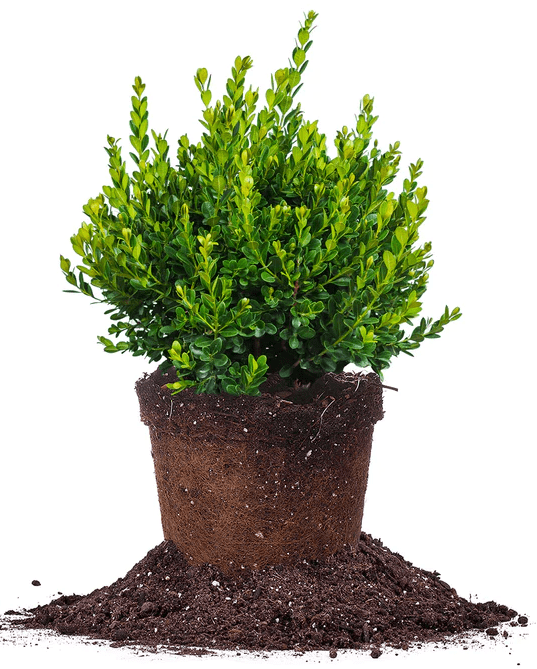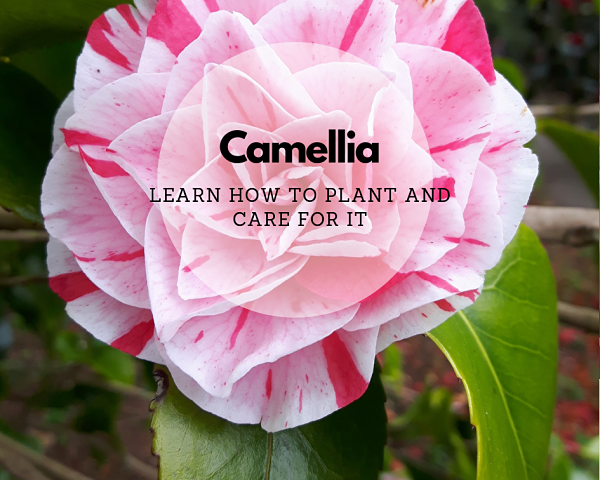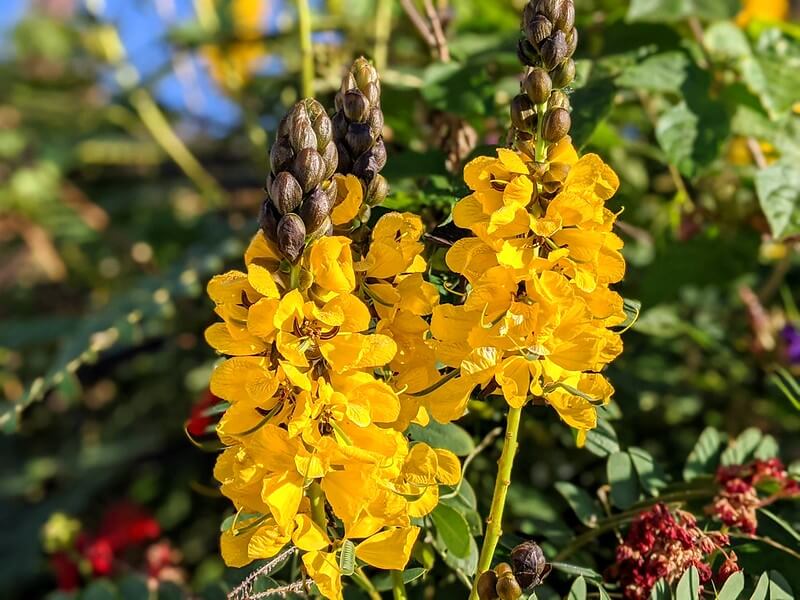This post may contain affiliate links. As an Amazon Associate we earn from qualifying purchases.
Ready for another boxwood or two? Let’s learn how to propagate boxwood!
The most popular plant among professional landscapers is boxwood (Buxus spp.), according to a poll of Lawn and Landscape magazine’s readers. Thus the versatile evergreen has been dubbed “America’s most popular shrub.” Is it any wonder then that boxwood propagation is a hot topic?
Although there are about 150 cultivars and 70 species available in nurseries, the most commonly grown is the common or American boxwood (Buxus sempervirens), and its cultivar, ‘Suffruticosa,’ also known as English boxwood. Both are hardy to USDA zones 5 through 8, and propagation of the two is identical. The principal method of boxwood propagation is cuttings.
By the way, you can find your growing zone by entering your ZIP Code here.
About Boxwoods
Most boxwood species hail from tropical or sub-tropical regions, such as Madagascar, the Caribbean, South American Mexico and Central America. Some species call Europe, Africa and Asia home.
This doesn’t mean that if you live in a region with cold winters you can’t propagate and grow this slow-growing shrub. Cold hardy boxwoods to consider include:
- ‘Franklin’s Gem’ (Buxus sinica var. insularis ‘Franklin’s Gem’)
- ‘Winter Gem’ (Buxus microphylla var. japonica ‘Winter Gem‘)
- ‘Wintergreen’ (Buxus sinica var. insularis ‘Wintergreen’)
- ‘Green Velvet’

Boxwood propagation: Timing
The best time to propagate boxwood cuttings is in July, but you will also find moderate success with cuttings taken after that, until December. The ideal time of day to take a boxwood cutting is early in the morning. This is when the plant’s stems have the highest moisture content and will be less likely to dry out.
Gather the following items:
- Sharp pruning shears
- Lysol disinfectant
- Coarse sand
- Planting pot
- 4 stainless steel skewers, jumbo craft sticks, 9-inch long twigs or chopsticks
- Rooting hormone powder
- Small bowl, optional
- Plastic, sealable bag
Wintergreen Boxwood available online at Perfect Plants Nursery
Preparing to propagate boxwood
Always disinfect your pruning equipment before cutting any plant. The easiest way to do this is to soak the pruners for five minutes in a solution of 1 part of water and 3 parts of Lysol. Rinse them well in clean water and allow them to air dry.
You’ll find gardening advice online that recommends using bleach to disinfect your pruning equipment. NEVER use bleach, unless your pruners are disposable (is there such a thing?). It is highly corrosive and a health hazard. In fact, stop taking gardening advice from people who don’t know this.
Ok, off the soapbox.
It’s important that you don’t allow the cutting to dry out during the process, so prepare the rooting container before taking the boxwood cutting. The size of the container isn’t important but it is critical that it has holes in the bottom for drainage. This helps avoid rot.
Fill the container with coarse, moist sand, to about ½ inch of the rim. You will be placing the potted cutting in a plastic bag and it’s important that the bag not touch the cutting. The craft sticks are used to prevent this.
While wooden craft sticks work fine, they don’t last long when exposed to moist soil and some even develop mold. We prefer stainless steel skewers, like these at Amazon.com. They’re the perfect length for most cuttings. We’ve also linked to some chopsticks in the list of supplies you’ll need, above.
Insert the skewers into the sand at the rim of the pot, evenly spaced. Finally, use your finger or a pencil to create a 2-inch deep planting hole.

Taking and sticking the boxwood cutting
Choose a boxwood that is disease- and pest-free from which to take the cutting. From the tip of the stem, measure back 6 inches and make the cut with the pruning shears. Remove the leaves from the bottom inch of the cutting.
Expert opinions vary on whether or not rooting hormone is beneficial when propagating boxwood cuttings. The American Boxwood Society claims that results are the same, with and without the use of rooting hormone. In his studies, noted horticulturist and professor Michael A. Dirr, Ph.D found that the use of Rootone 10 and several other hormones with boxwood caused burns and he suggests using Hormodin #3 instead.
Since his book (“The Reference Manual of Woody Plant Propagation”) is my propagation bible, I’d stick with his advice. I highly recommend this book for anyone interested in propagation. Buy it at Amazon.com, here.
Should you decide to use rooting hormone, pour a dime-sized portion into a small bowl, moisten the bottom inch of the cutting and roll it in the hormone powder.
Insert the cutting into the prepared container and pack the sand around the base. Carefully slip the container into the plastic bag, arranging it so that the sticks at the edge of the pot hold the plastic away from the cutting’s foliage. Seal the bag and place it in a lightly shaded indoor area where it won’t be disturbed.
Check the moisture content of the sand periodically to ensure that it doesn’t dry out. If it appears to be dry, give it only enough water so that the sand is moist, not saturated. The boxwood cutting should root within two to three months and it should be strong enough to be planted outdoors the following spring.




